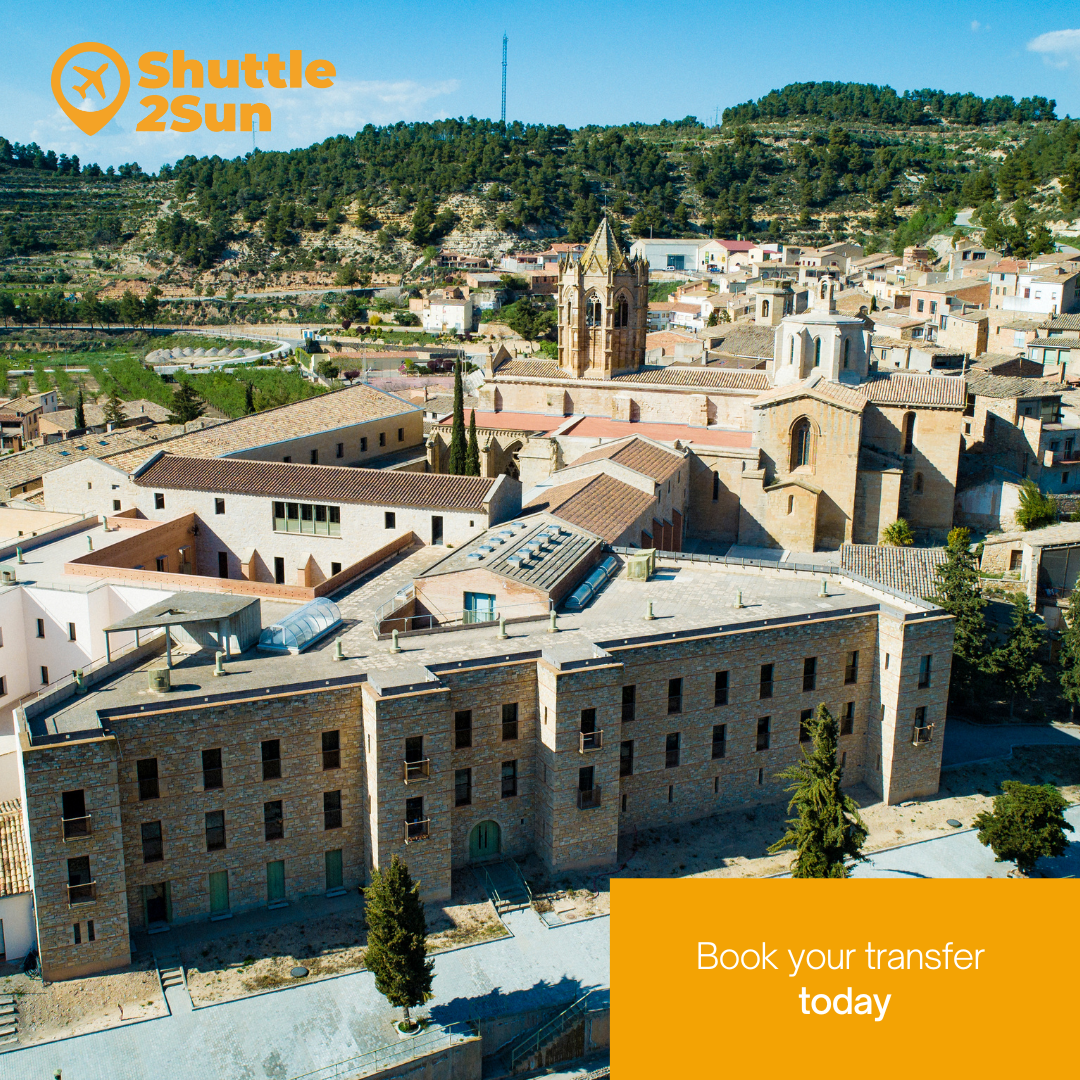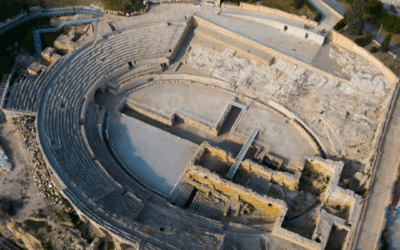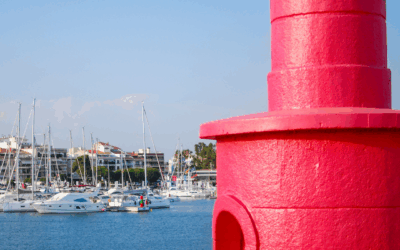Getting out in the open air, exploring natural spaces, getting lost in the woods, letting your mind go blank and enjoying nature are some of life’s pleasures that can become the ideal plan for a holiday, with the aim of getting away from the hustle and bustle of the cities. The surroundings of the province of Tarragona are home to a wide variety of places worth visiting, which can sometimes go unnoticed.
On this occasion, if you like hiking, we propose one of the most desired plans for nature and history lovers, the Cistercian Route, a must, hidden in the interior of Catalonia.
With Shuttle2Sun‘s shared transfer services and private transfer services, you can move to different cities of Tarragona and Costa Dorada, from Barcelona airport, Barcelona port, Reus airport, Girona airport and Camp de Tarragona AVE train station. Now you can book your transfer up to 24 hours in advance.
GR®175, the Cistercian Route
The Cistercian Route runs through the interior of up to three Catalan counties: Alt Camp, Conca de Barberà and Urgell, which connect the provinces of Tarragona and Lleida.
Vineyards, almond and olive groves and extensive fields spread out all around you, linking several charming towns and villages that will steal your heart from the very first moment.
This route, which can be done on foot or by bicycle, is an ideal way to live a unique experience that connects history, culture, nature and gastronomy.
In approximately 5 days, you will cover just over 100 kilometres, passing through a long list of towns and villages, such as Montblanc, Figuerola del Camp, El Pla de Santa Maria, Santes Creus, Pont d’Armentera, Rocafort de Queralt, Belltall, Rocallaura, Vallbona de les Monges, L’Espluga de Francolí, among many others.
If you do the route by mountain bike (MTB), there are several alternative sections, such as the GR®175-1, Figuerola-Prenafeta; the GR®175-2, Montblanc-Les Masies; the GR®175-3, Mas d’en Llord-Cap del Coll; and the GR®175-5 Puig de Comaverd-Cal Guixó; as well as the GR®175-6, through Blancafort and Solivella.

Montblanc, medieval town, start of route
Although the route is circular and you can start at any point along the way, we recommend that you start in one of the most beautiful and historic towns in the area, Montblanc, capital of the Conca de Barberà region.
Remember that, if your accommodation is in Tarragona or Costa Dorada, you have at your disposal the shared transfer services and private transfer services of Shuttle2Sun, from Barcelona airport, Barcelona port, Reus airport, Girona airport and Camp de Tarragona AVE train station.
The Cistercian monasteries, a must on the route
As the name of the route suggests, it is particularly noteworthy for its unique route linking three of the most important Cistercian monasteries in Catalonia: the Monastery of Santes Creus, the Monastery of Vallbona de les Monges and the Monastery of Poblet. These three architectural ensembles are unique in Catalonia and will take you back in time to the mediaeval past of the Catalan hinterland.
The Cistercian Order is a monastic movement that dates back to 11th century France, and which stands out, above all, for the fact that the monks abandoned all kinds of wealth in order to subsist thanks to their own manual work. Years later, it spread throughout Europe, also reaching Spain.
If you are planning to do this route, we recommend that you buy the combination admission ticket, which will allow you to visit the three medieval installations. You can buy it online or at any of the three monasteries.

Royal Monastery of Santa Maria de Poblet
If we start the route clockwise, leaving from Montblanc, the first monastery we come across is that of Poblet, declared a World Heritage Site by UNESCO. This exuberant monumental complex, one of the largest in Europe, is part of the municipality of Vimbodí.
During your visit to the Royal Monastery of Santa Maria de Poblet, you can discover the numerous spaces that make up the monastery, such as the main church, the different chapels, and especially the main cloister, where you can admire the great beauty of its arches, in the peace and tranquillity of this charming open-air space.
It should be noted that the Monastery of Poblet also has an internal guesthouse, exclusively for men, for prayer. As well as the Hotel Hostatgeria de Poblet, which is open to the entire population, where you can enjoy a wonderful experience in the middle of nature with the Prades mountains in the background.
Monastery of Santa Maria de Vallbona
The second complex on the Cistercian Route is the Monastery of Santa Maria del Vallbona, an exclusively female monastery, whose origins date back to the 12th century. Initially, it was a mixed centre, until the men moved to Montsant and the female community joined the Cistercian Order.
If you visit this monastery, don’t miss the sarcophagus of Queen Violant of Hungary, wife of James I the Conqueror, which rests to the right of the church altar. You will notice that the aesthetics of the entire church are very sober and with a simplicity that is reflected in all the Cistercian installations.
Monastery of Santes Creus
The last monastery on our route is the Monastery of Santes Creus, which was in the charge of one of the most influential monastic lordships in the area in the Middle Ages, as it became the royal pantheon of the kings of Aragon, James II of Aragon and his wife, Blanche of Anjou, and Peter III the Great. It is also one of the best preserved monasteries in Spain.
If you would like to know more about the three monasteries and their surroundings, we recommend you take the Cistercian Route. Remember that Shuttle2Sun offers its shared transfer services and private transfer services, from Barcelona airport, Barcelona port, Reus airport, Girona airport and Camp de Tarragona AVE train station. Now you can book your transfer up to 24 hours in advance.



